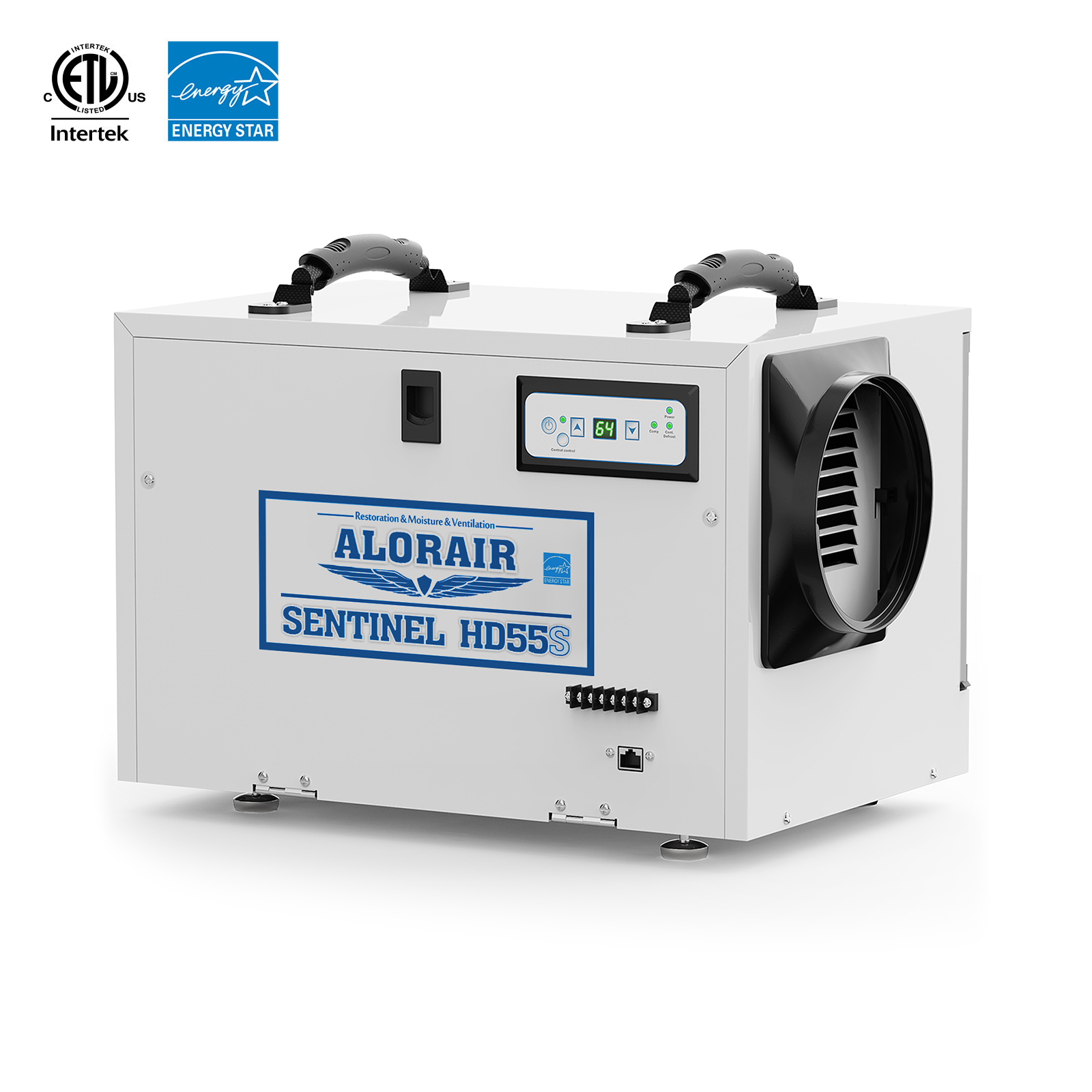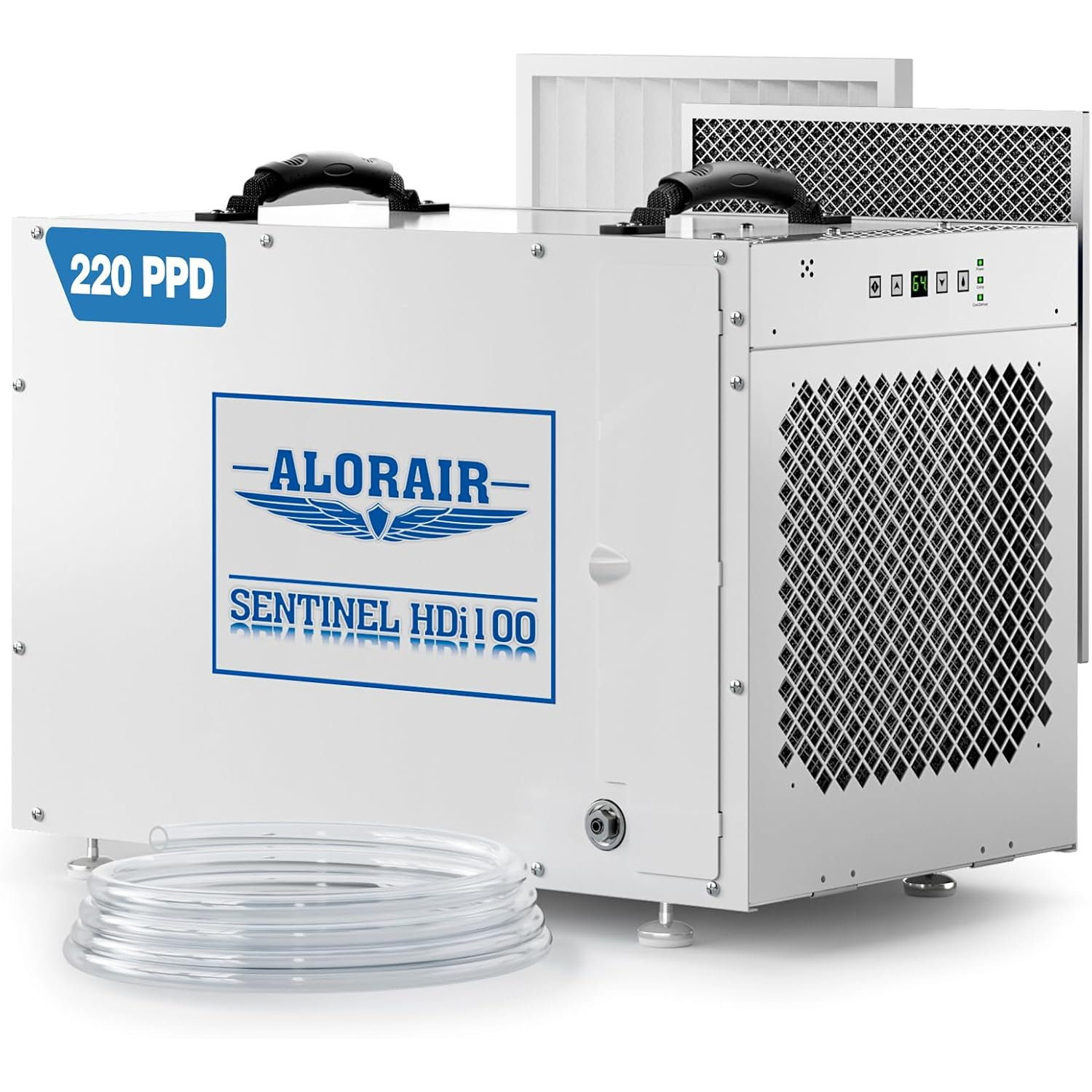After water damage to the home, it is important to know when to restore or let go of a property. Actions are to be taken as soon as possible to minimize further losses and keep the home safe.
In the case of wet carpet and drywall damage after a water-related mishap, the significant point to note whether there would be any rescuing of any kind would be:
- The category of water causing the damage
- How soon can you dry the carpet and drywall?
Usually, the homeowner may not know the technicalities to assessing the salvageability of the materials, hence, bring in professional care in water damage activities is one way to know for certain that your carpet or drywall can be saved. With that said, common deal-breakers that tilt your property towards replacements include:
Category 3 water damage
Commonly known as black water. This is water damage from unsanitary sources such as sewage; water from toilet backflows; all forms of flooding from seawater, ground surface water, and rising water from rivers or streams; other sources of contaminated water entering the indoor environment like a hurricane, tsunamis, tropical storms and so on.
There is a significant health risk as well as physical harm associated with black water because it contains pathogenic, toxic agents like heavy metals, harmful bacteria, pesticides, toxic organic substances, organic matter, silt, and so on.
Note: Category 2 water damage also known as greywater, which is water from sources such as seepages or water discharges from washing machine or dishwashers, toilet bowl water but without the presence of feces, maybe urine, sump pump failures, and so on. They contain some degree of chemical, physical, and pathogenic contaminants which can cause health problems just not as bad as that of black water. Hence, thorough and careful cleaning and disinfection should be adequate to get the property back to normal and may not necessarily need replacement.
Prolonged exposure to water damage
It is as self-explanatory as it sounds. The longer it takes for you to take action towards restoring a wet carpet or drywall predisposes it to more damage and mold colonization, because mold growth starts 24-48 hours after exposure to the right amount of moisture and that right amount is gotten just after a water hazard.
The quantity of water
A submerged carpet has less chance for survival than a carpet or drywall that has been subject to a few splashes here and there from the shower. By the way, the submerged carpet has only 24 hours to replace.
Saving the wet carpets
Before you embark on this, make sure your carpet does not fall under the above criteria and it has been certified restorable by the experts. So the following steps would help you get your carpets looking as good as new. The following steps would help you fix your carpet:
- Get to the source of the water damage and if you can, and stop it. If it is a neglected open tap, close it; plug leaks; a burst pipe, then turn off the main water line; roof leaks get a professional to fix.
- Remove all standing water by using a wet vacuum cleaner especially if the carpet is thorough soaking of the carpet. Remove all furniture from the room to give access to all the corners and hidden parts of the carpet. For small leaks and spills, laying down a few dry towels to absorb the water, followed by a sprinkle of baking soda then vacuuming a bit later.
- Dry the carpet. Removing the water does not dry, it still leaves the carpet moist and open to attack by mold colonization. Use of industrialized fans, run nonstop for about 36 hours to dry the carpet. Then proceed to dehumidifiers for the affected room, to reduce the relative indoor humidity to the optimum of 30 – 55 percent to prevent mold growth which occurs 24 to 48 hours after water damage. Also, make sure the home is well ventilated, open the windows and curtains, and let the sunlight in for there is no better drying mechanism than our good old sun.
- Limit or stop all foot traffic especially when the carpet is drying so as not to spread the moistness to other parts of the house, and to allow the carpet to dry properly.
- Disinfect the carpet using a solution of 10 percent bleach and clean water. Remember to wear protective goggles, gloves, and masks when handling this solution, as it has been known to cause chemical burns. Also, keep your windows open because the stench coming out of the solution can be harmful.
- Inspect the carpet and if you notice any mold formation after about 12-24 hours of running the fans then you call in for professional mold removal.
Reviving the dry walls
Drywall is a panel made up of gypsum (Calcium sulfate dehydrate) with or without additives, wrapped in several layers of paper (usually recycled paper), used in the construction of interior walls and ceilings.
Fixing water damaged drywall can be done as long as you have the necessary equipment and the right know-how to get the job done. The following is a step by step guide on how to restore your drywall:
- Find the source of the water leak and fix it. The drywall may show visible signs of pipe leaks, ceiling leaks, as evidenced by coffee brown stains that may expand over time. If you do not fix the water problem first and go straight to replacing the drywall, then the problem would keep repeating itself and you would have spent good money for nothing.
- Professionals may use a technique such as intrawall drying to remove water from walls without actually taking out the dry walls if it is not badly damaged.
- Dry the exterior, if it is the case that only the drywall got wet, just use air movers and dehumidifiers to get the water out. With good ventilation, your drywall should be back to normal.
- Removal of the drywall if the water damage is from black water. Be safe when trying to remove the damaged or water infiltrated drywall, because depending on how long the damage has been going on for, mold colonization might have taken place and professional mold remediators would need to be contacted.
- Replace the drywall but before you do, necessary water repairs should have been done. These can be done by the homeowner or the building contractors.
- Make repairs to the ceiling or walls.
- Repaint.









.jpg)
.jpg)

.jpg)

.HDi90.png)
.HD90.png)



.jpg)






.jpg)
.jpg)
.jpg)





.jpg)
.jpg)










.jpg)
.jpg)








.jpg)
.jpg)












.jpg)
.jpg)
.jpg)
.jpg)
.jpg)
.jpg)
.jpg)
.jpg)
.jpg)
.jpg)
.jpg)
.jpg)
.jpg)
.jpg)





.jpg)
.jpg)
















-.jpg)
.jpg)

.jpg)
.jpg)



























 Exclusive offers
promotions
Exclusive offers
promotions

